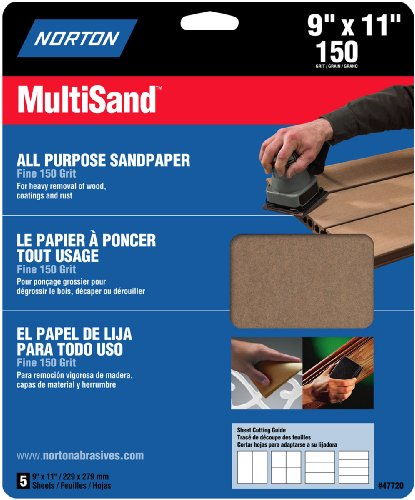Sand Paper Grit Chart: A Comprehensive Guide
When it comes to sandpaper, the term “grit” refers to the size of the abrasive particles on the paper. This size determines the coarseness or fineness of the sandpaper, which in turn affects the level of material removal and the smoothness of the surface being sanded. Understanding the different grit levels and their applications is crucial for achieving the desired results in your sanding projects. In this article, we will delve into the details of the sandpaper grit chart, helping you make informed decisions for your sanding needs.
Understanding Grit Levels

The sandpaper grit chart typically ranges from 24 to 600, with some specialized papers going beyond this range. The lower the number, the coarser the sandpaper, and the higher the number, the finer the sandpaper. Here’s a breakdown of the common grit levels and their typical uses:
| Grit Level | Description | Typical Uses |
|---|---|---|
| 24-36 | Coarse | Removing paint, rust, or heavy material buildup |
| 40-60 | Medium-Coarse | Preparation for painting or finishing, removing moderate material buildup |
| 80-120 | Medium | Finishing sanding, smoothing surfaces, and preparing for painting or finishing |
| 150-180 | Medium-Fine | Finishing sanding, achieving a smooth surface, and preparing for painting or finishing |
| 220-320 | Fine | Finishing sanding, achieving a very smooth surface, and preparing for painting or finishing |
| 400-600 | Very Fine | Finishing sanding, achieving an ultra-smooth surface, and preparing for painting or finishing |
It’s important to note that the grit level alone does not determine the effectiveness of the sandpaper. The type of abrasive material used, such as silicon carbide or aluminum oxide, also plays a significant role in the sandpaper’s performance.
Choosing the Right Grit Level for Your Project

Selecting the appropriate grit level for your sanding project is crucial for achieving the desired results. Here are some guidelines to help you make the right choice:
-
Start with a coarser grit (24-60) to remove material quickly, such as paint, rust, or heavy material buildup.
-
Gradually move to finer grits (80-600) to achieve a smoother surface and prepare the material for painting or finishing.
-
For projects requiring a high level of detail or a very smooth finish, opt for very fine grits (400-600).
-
When sanding wood, start with a coarse grit to remove imperfections and then gradually move to finer grits for a smooth finish.
-
For metal or plastic surfaces, start with a medium grit (80-120) and move to finer grits as needed.
Remember that it’s always better to start with a slightly finer grit than you think you need, as you can always move to a coarser grit if necessary. This approach helps prevent over-sanding and damaging the material.
Using Sandpaper Properly

Using sandpaper correctly is essential for achieving the best results. Here are some tips to help you sand effectively:
-
Always sand in the direction of the wood grain to avoid creating swirl marks.
-
Use a sanding block or sanding sponge to maintain a consistent pressure and prevent uneven sanding.
-
Keep the sandpaper flat against the surface to avoid creating dips or valleys.
-
Change the sandpaper frequently to maintain its effectiveness and prevent clogging
